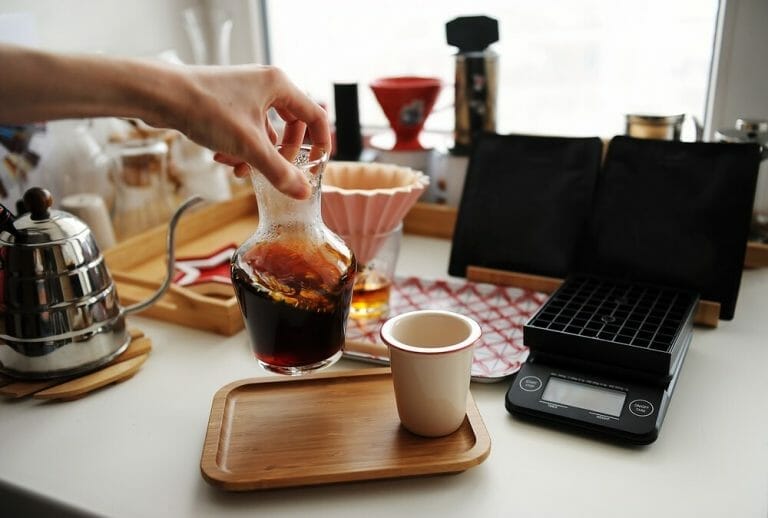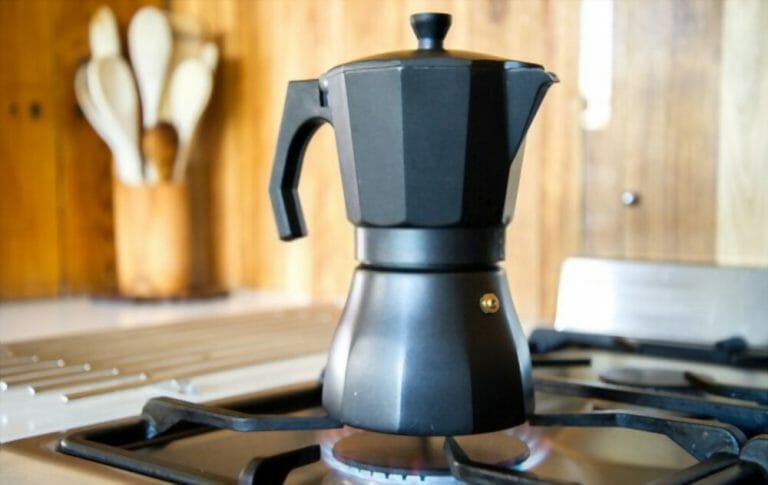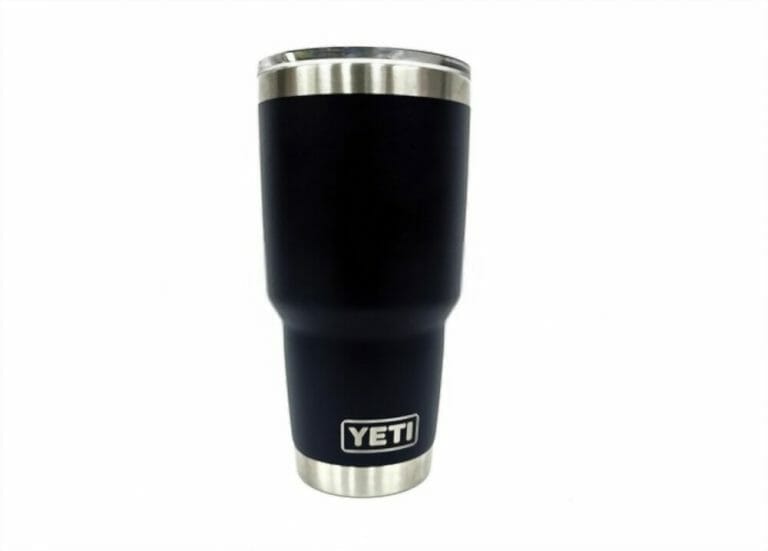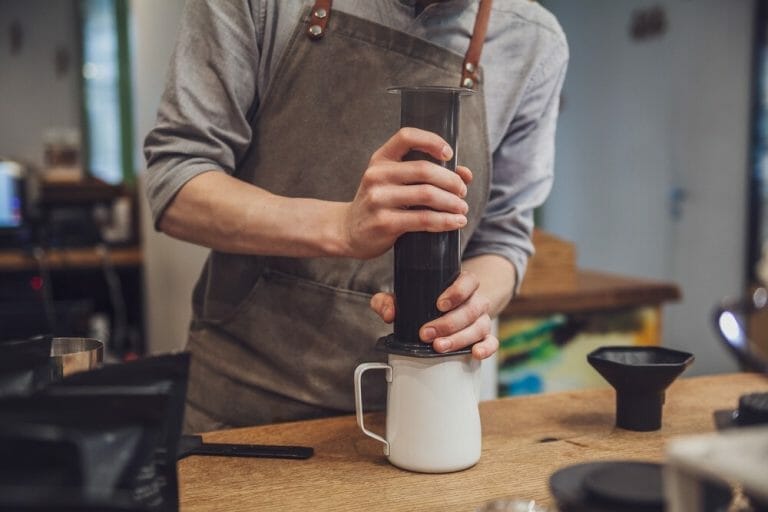How To Measure Coffee? Complete Guide
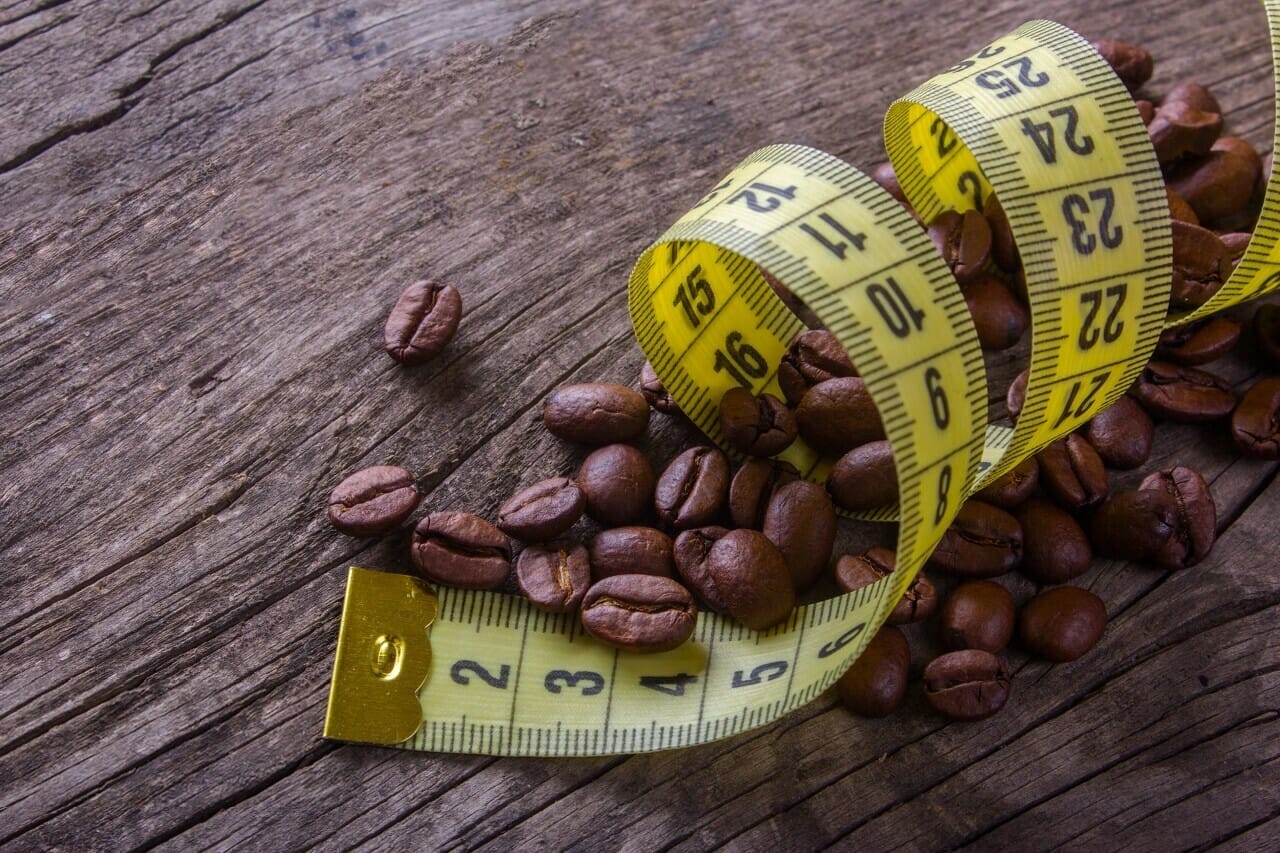
When you are a coffee lover, you would want to know all about your coffee. You try to know their different types, different machines that make coffee.
Out of all these queries one of the most prominent ones that most coffee lovers are interested to know is the measure that will make their perfect coffee.
Coffee tastes best when the quality is consistent, and there are minimal amounts of waste.
There are many reasons as to why you should know how to measure coffee?
from the accuracy that just one unit of measurement can bring to the consistency that can be achieved across multiple roasts and peculiarities in your coffee beans.
Measuring your coffee is more than just an excellent addition. It is more than just making a perfect cup of joe but rather having a skill that is beneficial for you!
This article will help you examine how you can measure coffee. So, Read our accessible article to learn the skill of measuring coffee.
Learn how to use ratios and digital scales to measure coffee like a pro!
Let’s start with knowing a little about coffee that will also help you learn how to measure coffee. The most vital thing you should know about coffee is that there are two main kinds of coffee beans; Arabica and Robusta.
Arabica beans are the most expensive of the two and make up about 80 percent of all coffee produced.
They’re grown differently from Robusta, which is more common in places like Africa and Southeast Asia.
Arabica beans only produce one cup of coffee, whereas Robusta produces many cups of coffee per pound, but it also has a higher caffeine level.
Different Roast = Different Mass
Another thing that you should know about coffee is that each roast has a different mass. One cup of dark roast coffee is lighter than one cup of light roast coffee.
This means that the amount of water and/or other ingredients in your cup will vary if they aren’t measured properly.
Ingredients like milk, sugar, and creamers will also have varying ratios once the roasts begin to mix.
In the high-end coffee universe, quality is absolute.
There are many types of devices for and methods of measuring and recording data. One type is the coffee grind particle distribution, an essential tool in understanding how coffee is made.
Intelligent tools are essential, but our most valuable tool is a simple digital scale.
When we make coffee, our ingredients are measured in grams. This is a more reliable and systematic approach than using volume-based measures, such as cups and tablespoons.
Why Does the amount of Coffee Matters?
When too much coffee is used to make the beans, the brew may be under-extracted. Adding the right amount of coffee will make a good pot of coffee. If you don’t add enough, the coffee will be weak.
Under-extracted coffee is sour and empty. Over-extracted coffee is dry and bitter.
There’s no consensus on how much is the correct amount of coffee to use. It all comes down to your preference.
To learn, try experimenting with different ratios of ingredients.
"The Specialty Coffee Association of America (SCAA) is a professional organization that establishes standards for the specialty coffee industry."
The Specialty Coffee Association of America (SCAA)agreed on a range of about 60 grams (6oz) of coffee beans per gallon (3.8 liters volume) of water in a cup.
This means that you can’t double or triple the amount of coffee you might typically use in a regular cup, but the bean-to-water ratio is still about right for making a good cup of coffee.
We can do this with ratios of ingredients:
How To Use Brew Ratios?
A brew ratio is a simple, pragmatic guideline as to how much coffee and water to use.
The formula is convenient to follow and a great starting point for different recipes.
A brewing ratio appears like this: 1:15, 1:16, 1:17, etc. This means:
- A 1:15 ratio means 20g of ground coffee, brewed using 300g of water.
- A 1:16 ratio means 10g of ground coffee, brewed using 240g of water.
- A 1:17 ratio means 5g of ground coffee, brewed using 180g of water.
You can use ratios in one of two ways:
- Begin with the quantity of coffee you want to use, or
- Decide how much coffee you would like to produce and then figure out your brewing ratio according to that
Let’s do examples of each brew using a French press. Beginning with the volume of coffee desired:
Assuming we want to use 20g of coffee, and our brew ratio (in this case) is 15, the product would equal 300.
20g x 15 = 300 (grams of brewed coffee)
For this instance, we shall use our scales to measure out 20 grams of coffee.
We’ll set up the press, add the ground coffee on the scale, hit tare for zero, and then pour water in until it reaches 300g.
Decide on the amount of coffee to make?
This is how I prefer to make coffee; first, decide how much coffee you wish to make, and ceteris paribus, if the amount of brew is less, it requires more grounds.
There is one important consideration in this process i.e the number of cups you want to make. There are varying opinions relating to what constitutes a standard cup of coffee.
- To keep things simple, we’ll say it’s about 10 ounces (300ml).
- So we want to make a 300-milliliter cup of coffee or approximately 300 grams in the pot.
- To figure out the ratio and amount of coffee for 300g water, we will go:
- 300 grams or milliliters of water ÷ 15 of our brew ratio = 20
- Twenty grams of coffee is how much we add to create a 300ml cup of coffee.
- Brew ratios are used for each brew method.
Using a starting point:
- 1:15 is suitable for most immersion brewing methods,
- 1:17 is a good ratio for most pour-over methods
If you like your coffee more substantial, add some more coffee grounds. If you prefer your coffee with less fat, use a couple of grams instead.
How To Measure Coffee Using Scales
The sole accurate way to determine the amount of coffee we consume is by weighing it.
There are other ways to figure out how much coffee is needed for your recipe.
But these methods can be flawed because coffees come in different weights. The density of a scoop of coffee can depend on many different factors, including the variety, size, and roast of the beans.
The following steps will help you measure coffee with scales:
- Put the scale on a flat level surface and switch it on.
- Put the container you want to fill with beans on the scale.
- Press ‘tare’ (this will clear the scale to zero).
- Add your desired amount of coffee to the container. Regarding coffee brew ratios, refer to the section above for how much coffee you should add.
- Ensuring you are precise is necessary to achieve accurate results.
- Always zero the scale before using it for measuring the next ingredient you want to add.
Measuring coffee before grinding is the best way to ensure you have the right amount of grounds.
If you grind the coffee, then measure, you’ll either have too much, and it will go to waste or not enough and need to grind again.
How to Measure Coffee With a Tablespoon
Get a coffee spoon
A scoop of coffee typically equals two tablespoons, which is the average amount needed to make a cup of coffee.
On the other hand, a challenge is that coffees of differing hardnesses result from the roasting process. This also implies that you are not always going to end up with the exact two tablespoons
The finer the coffee, the less dense it is.
Pour water into a measuring cup
To measure, use a kitchen measuring cup. These cups are available at any grocery store or kitchen supply store. Fill the cup about three-fourths full, topping off at 177 millimeters.
Scoop some coffee with the spoon
Scoop out a full tablespoon from your grounds, and then scoop the coffee from inside the spoon into your cup. If you don’t have one, then a regular measuring spoon will do.
Add the grounds into a coffee machine or French press.
Brew the coffee
The last order is to brew a cup of coffee the way you usually would.
Add the ingredients into an espresso maker, and adjust the machine accordingly. You will be able to taste and assess different types of coffee to discover the one that suits your taste.
Remember to take note of the taste of your coffee. This will help you adjust the ratio for a better-tasting cup next time.
Benefits of Measuring Coffee:
Accuracy
Pouring the right amount of coffee and water into the brewer is key to brewing a perfect cup of coffee. Different beans come in different densities, and that can be problematic for measurements.
Espresso volume is dependent on the roast and freshness of the beans. That's why espresso measurements vary so much.
Time-Saving
You can avoid the hassle of guessing how much coffee is essential in your cup. Just set a specific amount from the get-go, and this way, you can save a lot of time since measuring out won’t take long at all.
Consistency
Once you get down the coffee measurement amounts, a scale can help ensure constant and repeatable results.
Reduces Waste
When you’re using the grind time function on a coffee grinder, you’ll likely grind more than you need. This will lead to wasted coffee grounds.
A good weighing scale can help minimize errors.
You Get to Experiment
When you’re using a scale, you have more options for mixing your ingredients. Some coffees are better with a 1:2 ratio, while others can take on a 1:1 ratio.
FAQs
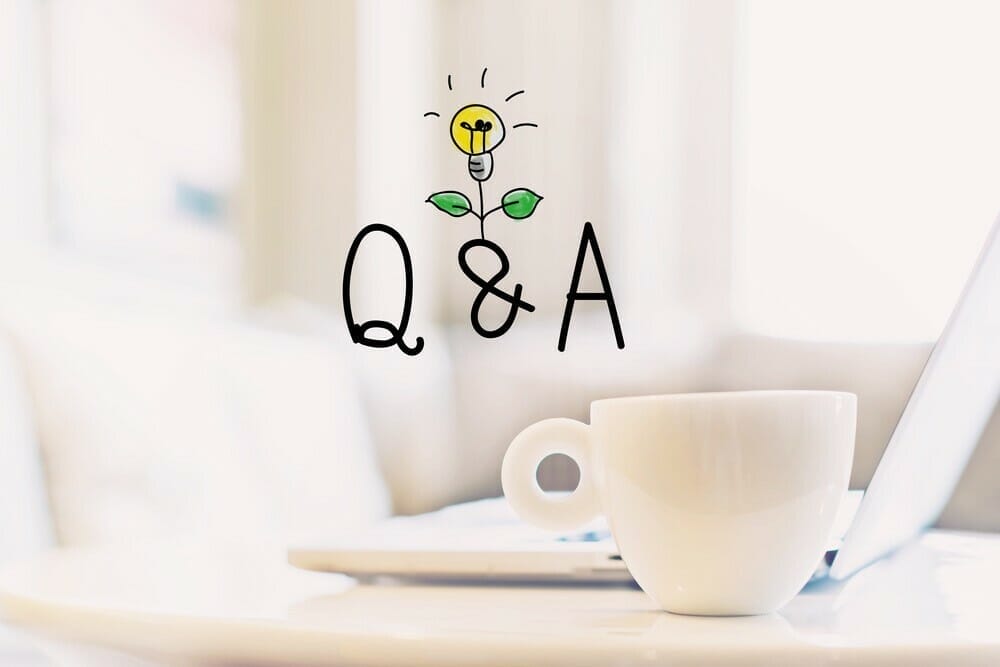
How Many Grams Of Coffee In A Tablespoon?
There are approximately 5 grams of ground coffee in a tablespoon. You can use tablespoons when measuring coffee, but you shouldn't rely on them as an accurate way.
How Many Tablespoons In A Coffee Scoop?
A standard coffee scoop has 2 level tablespoons of ground coffee.
What Should I Look For In A Scale?
When assessing the performance of a scale, look for fast reaction time and accuracy at 0.1 grams.
While these are the two most important things to look for on a scale, having waterproof one, has an inbuilt timer, and is USB rechargeable are all excellent qualities to have.
How do you measure your coffee?
The correct coffee-to-water ratio is vital for brewing the perfect cup of joe. But getting the balance right requires weighing your coffee first. Measure your coffee with a scale or with a special spoon designed well to measure coffee! Coffee geeks measure every coffee they brew, but of course this can be a little daunting. But with these great tools, you can be sure to get the right dosage without creating a mess.
How much coffee do you use for each cup?
Not sure of how much coffee to use? Depending on how strong your coffee is, however you measure it, you can get an approximation. If you do it with a scoop and a spoon, first use a tablespoon to scoop the coffee and place in your cup, then take out another tablespoon and fill with water; now that’s the ratio.
How much coffee do you put in a drip coffee maker?
Generally, a 1:3 ratio is fine. Some machines give you the option to add more water depending on how strong you’d like your coffee to be.
Can I use two tablespoons for a medium-sized cup?
If you’re using two tablespoons of coffee for an 8-ounce cup and the coffee is small ground, then you can use two tablespoons. Typically, two tablespoons is enough for 1-2 cups depending on how strong you like your coffee to be.
What are the four fundamentals of coffee?
Proportion, grind, water and freshness are the four fundamentals of coffee. These elements make the best tasting coffee.
How do you remember a scoop size?
Use a tablespoon to scoop the coffee, stir it once and repeat the process.
What does the number on a scoop mean?
A scoop of coffee is measured in grams. The number on the scoop refers to how many grams it holds.
Can I add a little sugar to my teaspoon?
Feel free to add sugar or other additives. In fact, it’s a pretty good idea if you want to hide the bitterness of your coffee. Add a cube or two as you normally would with your morning cup of Joe.
Final Thoughts

As we’ve learned in the article above, a coffee’s origin, varietal, process, and roast degree can affect its weight significantly.
Don't be discouraged if you initially use too little or too much. With persistence and patience, you can learn to measure the perfect amount of coffee for a cup of coffee that you enjoy drinking.
If we’re using a coffee scoop for measuring, it will take us a few times just to get used to the new procedure. But that’s okay – as long as we don’t go overboard, we’ll eventually get the hang of it.
To avoid getting confused, it's essential to use scales or even measure out your ingredients with a tablespoon. Once you've gotten started, you'll soon realize that it's not so difficult after all.
Happy Brewing!



